
Baobab Tree, Or to the locals, "The upside down tree" Árboles y arbustos, Arboles, Plantación
The largest and most striking tree in the Flower Dome, the African Baobab ( Adansonia digitata ), also known as the Upside Down Tree, is one of nature's most useful trees. Its fruits.

Baobab the "Upside Down Tree". An African Icon — ChéZoë
Read More about Baobab - Africa's Upside-Down Tree Read Less about Baobab - Africa's Upside-Down Tree. 156 pages Biological Sciences: Botany. View all books from Royal Botanic Gardens, Kew. Be the first to know. Get the latest updates on new releases, special offers, and media highlights when you subscribe to our email lists!.
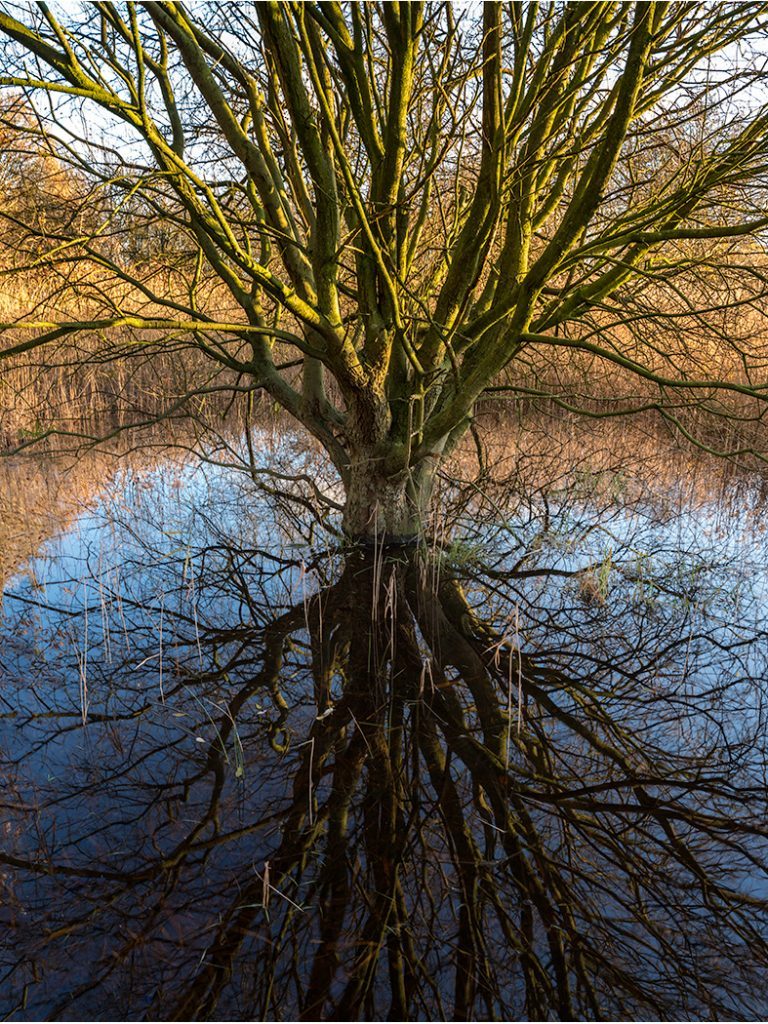
“the upside down tree” Frodsham and District Photographic Society
Baobabs are often referred to as upside-down trees, thanks to the root-like appearance of their tangled branches. They are found throughout the African continent, although their range is limited by their preference for drier, less tropical climates.
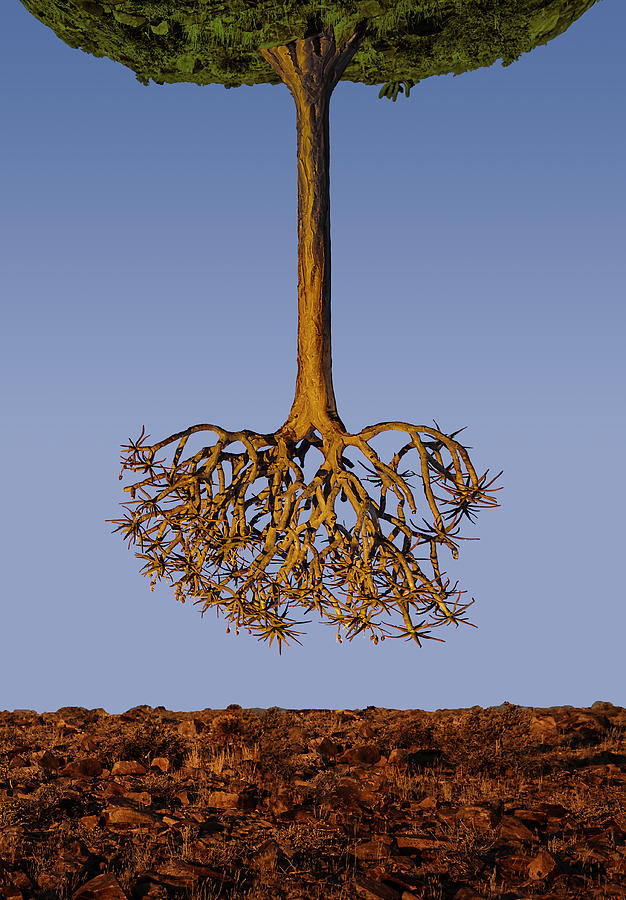
The Upside Down Tree Photograph by Neville Jones Pixels
1. There are eight species of the baobab tree (genus Adansonia) - six from Madagascar and one each from mainland Africa and Australia. 2. The baobab's biggest enemies are drought, waterlogging, lightning, elephants and black fungus. 3. Baobabs are deciduous, and their bat-pollinated flowers bloom at night. 4.
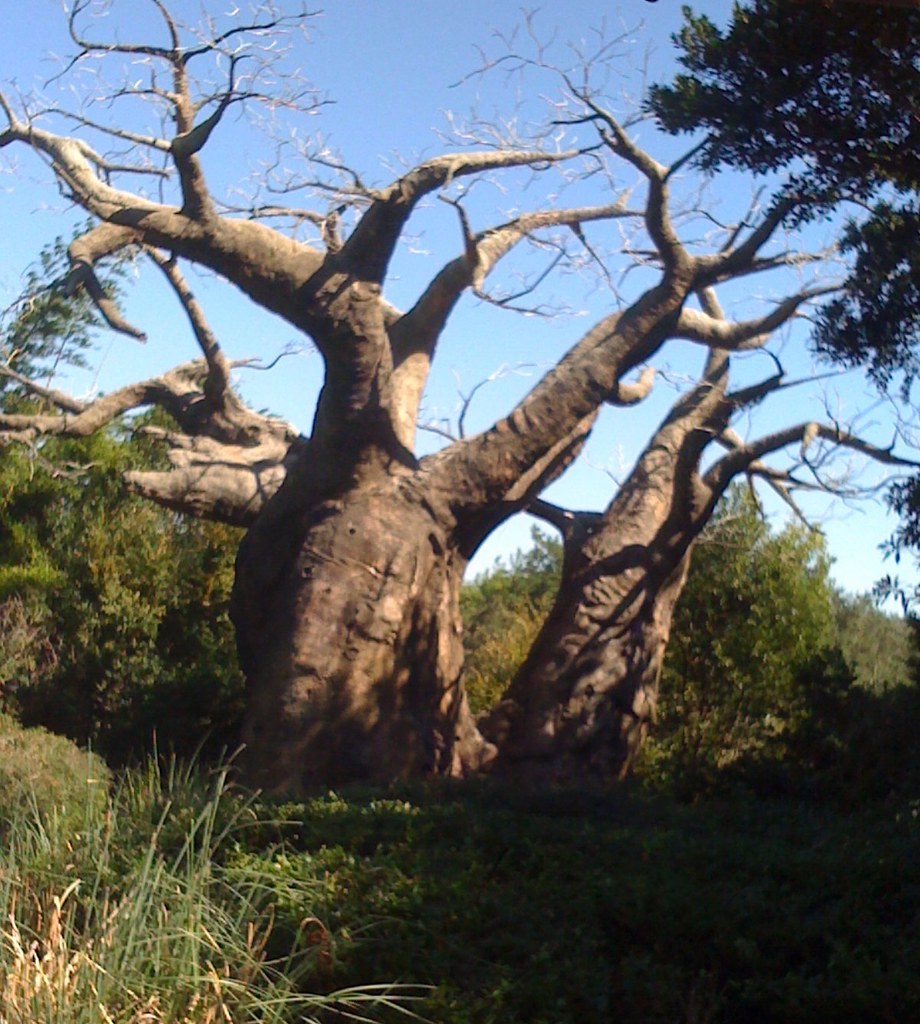
"Upside Down Tree" These residents of the African Savanna … Flickr
The baobab tree also known as the "upside-down" tree, due to its branches looking like roots sticking up in the air, grows only in Africa, Madagascar and Australia. Adansonia grandidieri, sometimes known as Grandidier's baobab, is the biggest and most famous of Madagascar 's six species of baobabs.

UpsideDownTree Foto & Bild africa, southern africa, south africa Bilder auf
From Wikipedia, the free encyclopedia Adansonia digitata, the African baobab, is the most widespread tree species of the genus Adansonia, the baobabs, and is native to the African continent and the southern Arabian Peninsula (Yemen, Oman). These are long-lived pachycauls; radiocarbon dating has shown some individuals to be over 2,000 years old.
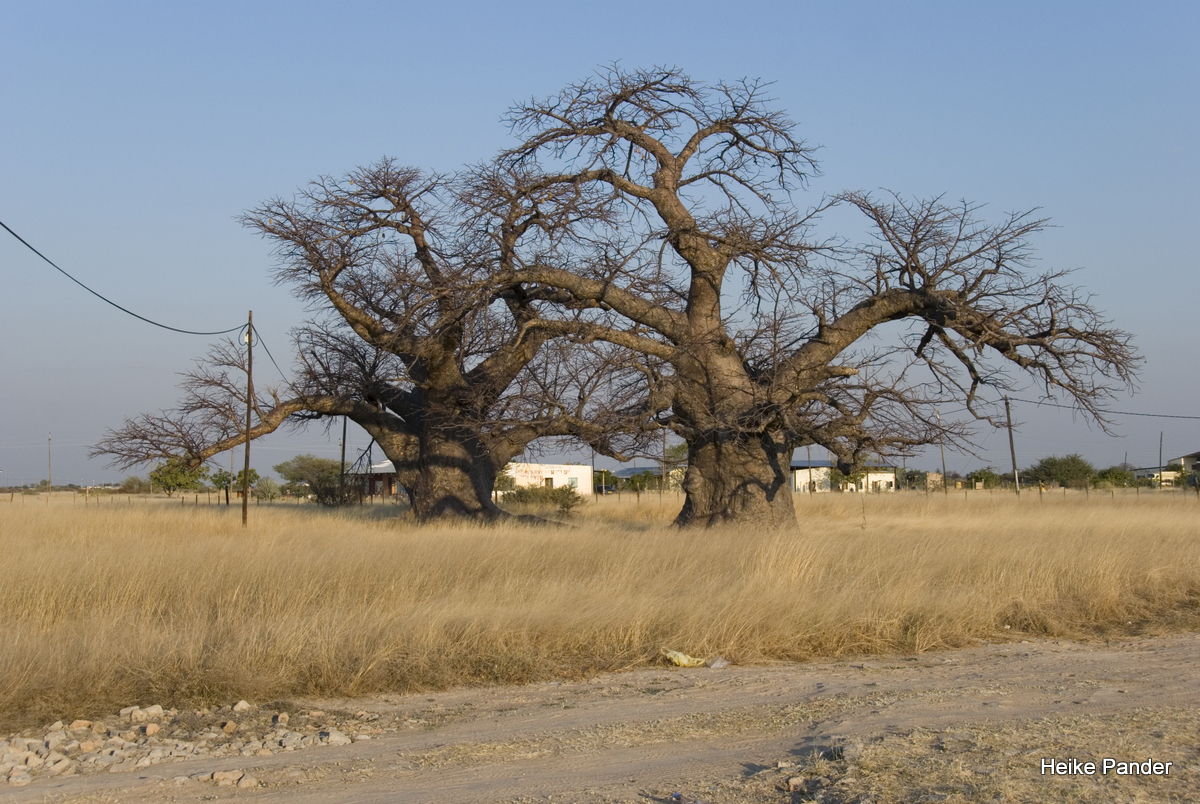
Upside Down Tree Baobab
The baobab is also known as the upside-down tree, because their branches resemble roots. They are a great source of legend and folklore, and the baobab has been adopted by the Limpopo province as one of its tourism icons.
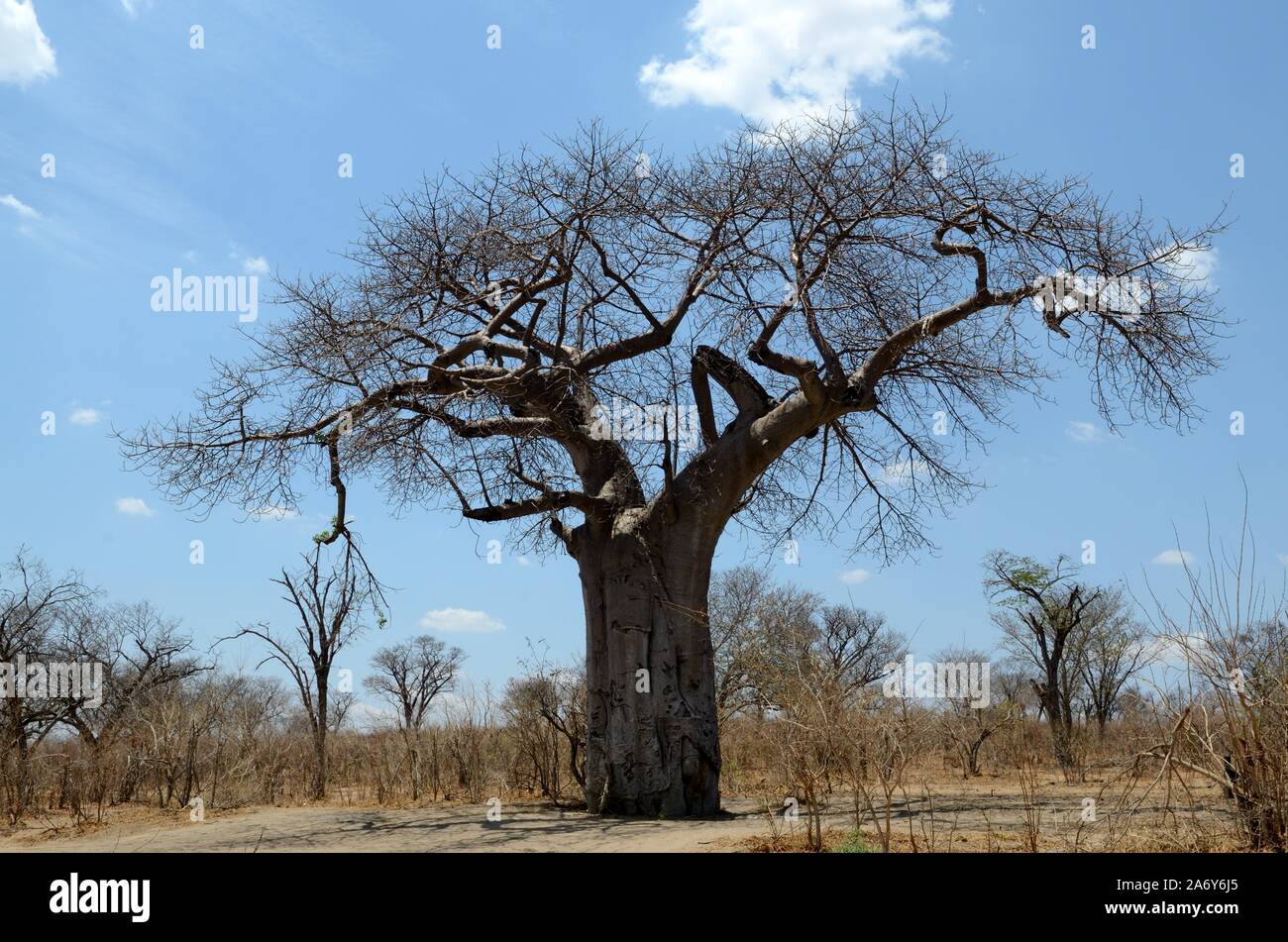
Upside Down Tree High Resolution Stock Photography and Images Alamy
Upside Down Tree (Baobab) - The African Tree of Life Upside down tree (Baobab) By Editorial Team / Safari, Environment, Interests The tree that predates humankind and a prominent figure found even on Pangea, over 200 million years ago.

awesome African "upside down" tree Tree, Africa, African
The Upside-down Tree Safari Insights African Safaris / Safari Insights / The Upside-down Tree In Southern Africa and Madagascar, there is a tree that grows so large it allows people to do just that. The Boabab tree can grow to 11 m in diameter, the length of an average truck, and has been known to reach heights greater than a 10-story building.
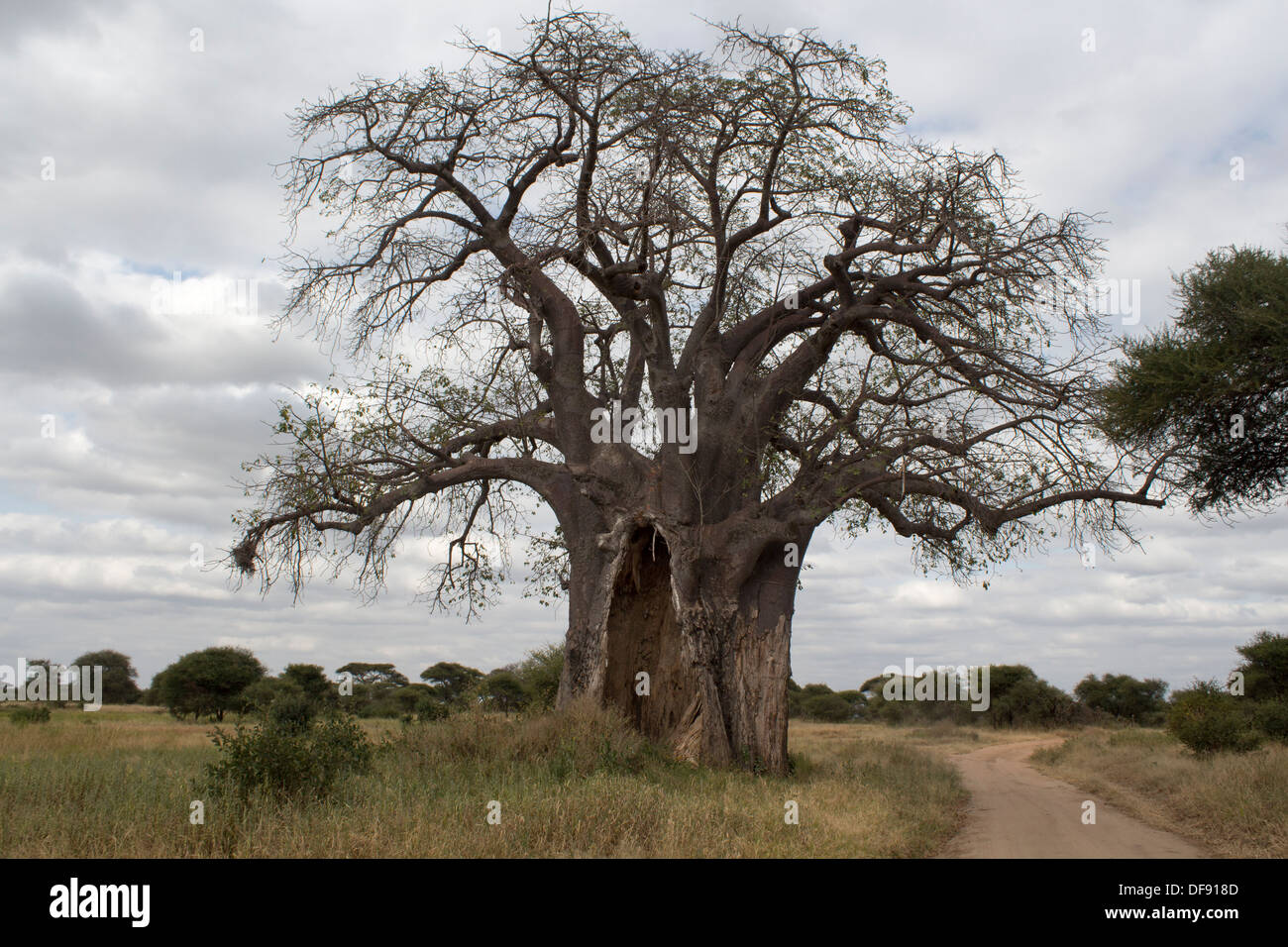
Baobab Tree, also known as the upside down tree, with elephant damage Stock Photo 61049533 Alamy
The Baobab is known as the "upside-down" tree, because when it is bare, which it is just before, just after, and during the African dry season (which lasts around five months) it looks like it has, quite literally, been ripped from the ground and turned upside-down! The tree can grow to outrageous sizes, growing up to 30 meters (98ft) high.
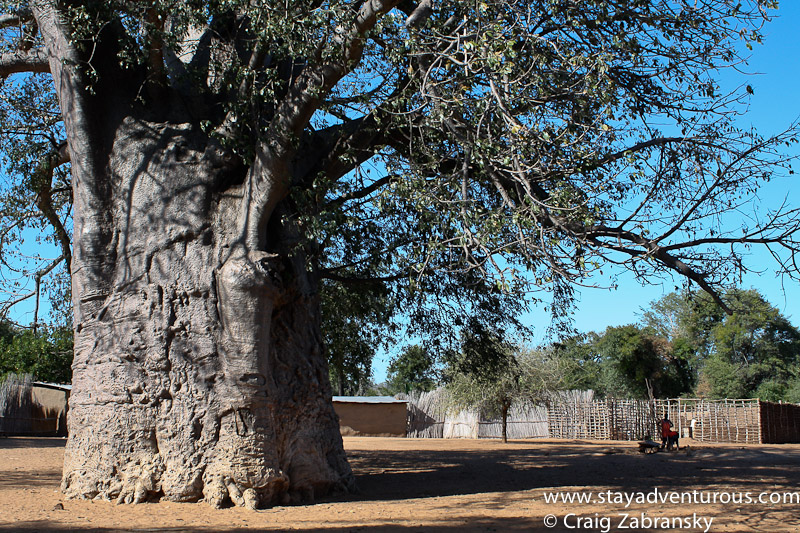
A Namibian Skyline the African Upside Down Tree Stay Adventurous Mindset for Travel Blog
Upside Down Stories. Legends abound as to why the tree looks like it has been stuck upside down into the ground. One story goes that the god Thora did not like the baobab growing in his garden, so he plucked it out and threw it out over the wall of Paradise. It fell on the Earth below, landing upside down and simply continued to grow.
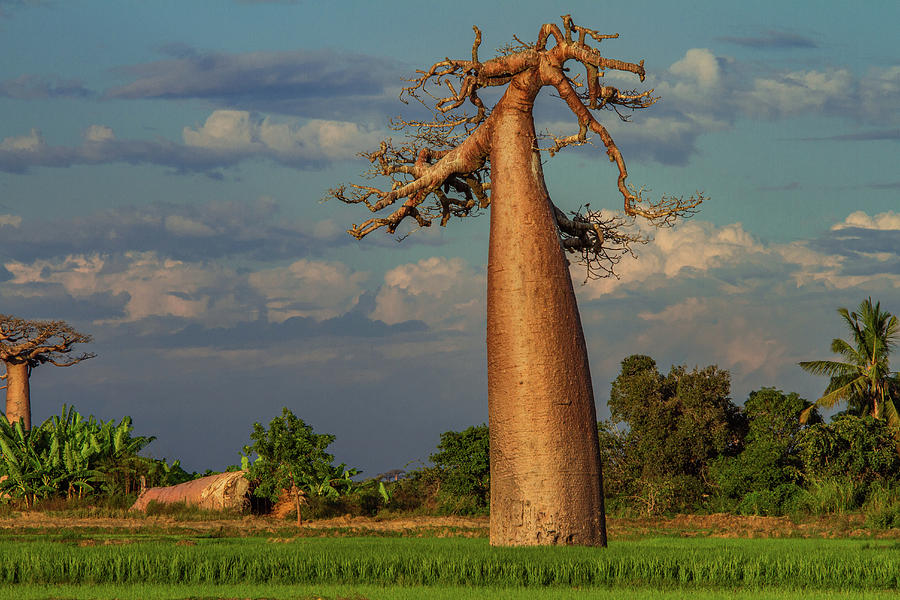
Upside Down Baobab Tree Photograph by Kim Paffen Travel and Wildlife Photography
Bearing witness to centuries of natural history, the iconic "upside down tree," the baobab, punctuates the landscapes of Central and Southern Africa and nearby islands like Madagascar with its imposing presence.

Known as ‘The Tree of Life’ or ‘Upside Down Tree’, the baobab is an icon of the African Savannah
The Baobab is also called the upside-down tree because when bare of leaves, the spreading branches of the Baobab look like roots sticking up into the air, as if it had been planted upside-down.

Upside Down Tree Stock Photo RoyaltyFree FreeImages
Adansonia is a tree genus made up of eight species of large deciduous trees commonly called baobabs - or 'upside down trees'. It has this name because of its peculiar shape - when it's bare of leaves, its spreading, twisted branches look like roots spreading out into the air as if the tree had been planted upside down.
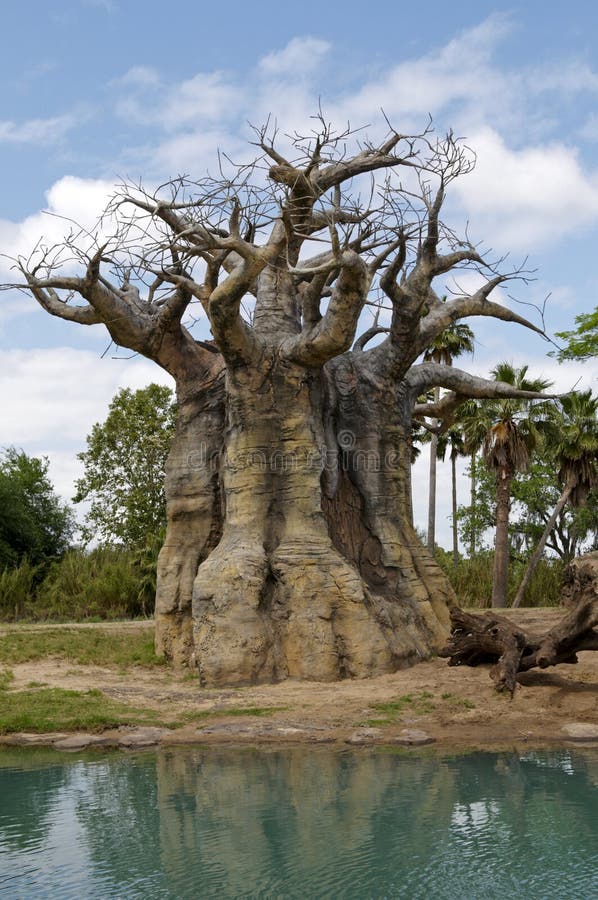
Upside Down Tree stock photo. Image of nature, tree, jungle 4963510
The Baobab tree has many myths surrounding its appearance; the tree looks as if it is growing upside down. Many African communities, from Ghana to Malawi, have passed down their stories for generations. Challenges of Keeping the Ancients Alive. Despite its importance in many African communities, the Baobab tree is at risk of becoming extinct.

Upside down tree garden in Juneau Garden trees, Garden design, Garden
The African baobab tree, also called the monkey-bread tree and upside-down tree, is a large tree that is very common in much of the African continent, on the hot, dry savannas of sub-Saharan Africa. It has also been introduced to other places like Asia and Australia, but this was through intentional plantation and not natural dispersal.